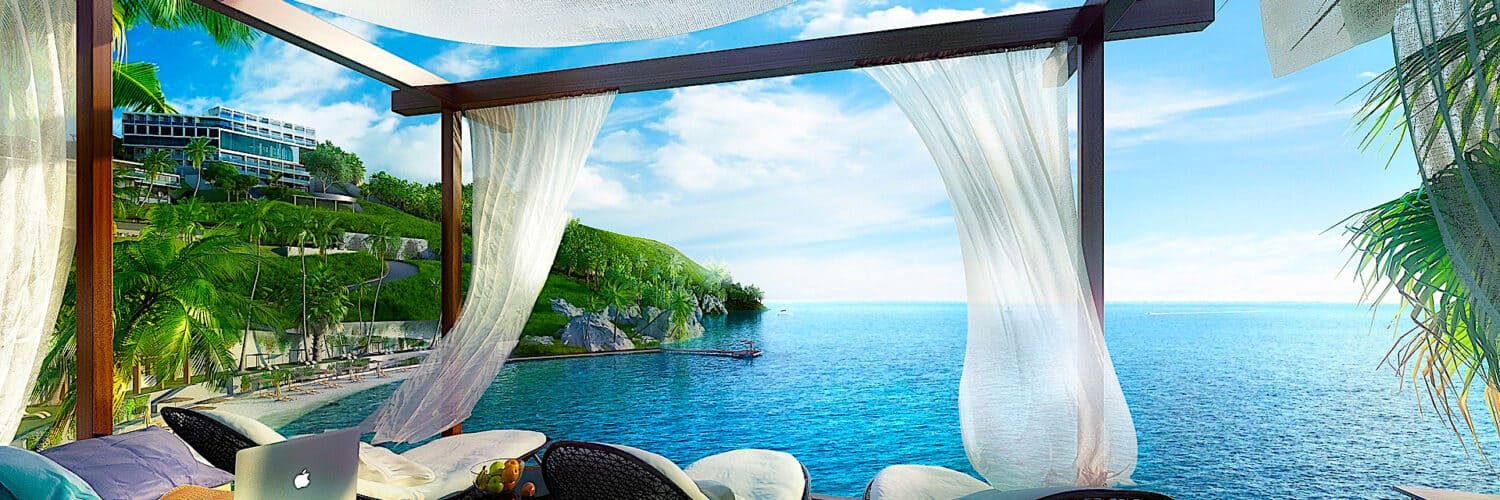The Philippines, with its beautiful landscapes, friendly locals, and a growing economy, attracts a multitude of foreigners each year. Whether it’s for tourism, business, or seeking a permanent residence, understanding the visa and residency options available is essential for a hassle-free experience. In this comprehensive guide, we will delve deep into the different visa and residency options available in the Philippines, elaborating on each to ensure you are well-informed.
1. Tourist Visa (9A) The Tourist Visa, officially referred to as the 9A visa, is the most common entry permit for foreigners wishing to stay in the Philippines temporarily. It initially allows a stay of 30 days but can be extended for a maximum period of up to 36 months for nationals from non-visa required countries and up to 24 months for visa-required nationals.
The Tourist Visa is ideal for leisure travelers, those visiting friends and family, and even participants in short-term training or seminars. However, this visa type strictly prohibits employment in the Philippines. It’s vital to note that overstaying without the necessary extensions can result in penalties and potential blacklisting.
2. Business Visa (9G) For foreigners coming to the Philippines with the primary intention of engaging in a lawful occupation, the 9G or Pre-arranged Employment Visa is the appropriate choice. This visa is granted to those employed by Philippine-based companies and is not intended for investors or business owners.
The Business Visa necessitates a lot of documentation, including a work contract and proof of the employer’s legitimacy. Moreover, the hiring company plays a significant role in the application process, acting as the petitioner for the prospective employee. The 9G visa is initially valid for one to three years and is renewable.

3. Special Investor’s Resident Visa (SIRV) The SIRV is designed for foreigners who wish to invest in the Philippine economy. The primary condition for this visa is an investment of at least USD 75,000 into a qualified activity or business.
Holders of the SIRV are allowed multiple entries into the Philippines and are granted the privilege to reside indefinitely. The SIRV is also accompanied by certain incentives, including exemptions from customs duties and taxes for the importation of personal goods. Still, one must ensure that the investment remains active and in good standing to retain the visa.
4. Retirement Visa (SRRV) The Special Resident Retiree’s Visa (SRRV) is a program initiated by the Philippine Retirement Authority (PRA) to allow foreign nationals and former Filipino citizens to retire comfortably in the Philippines. The SRRV offers multiple benefits, including duty-free importation of household goods and exemption from travel taxes.
To qualify, applicants must be at least 35 years old and meet the necessary financial requirements, which vary based on age and the chosen SRRV option. The SRRV is a popular choice among retirees due to its straightforwardness and the attractive benefits that accompany it.
5. Spousal Visa (13A) For foreigners married to Filipino citizens, the 13A or Non-quota Immigrant Visa by Marriage is the ideal residency option. This visa grants the holder permanent residency status, allowing them to live, work, and study in the Philippines without the need for any other visa or permit.
While the process requires several documents, including marriage certificates and proof of financial capacity, the primary condition is a valid and genuine marriage to a Filipino citizen. Holders of this visa also enjoy certain privileges, such as the right to own real property in the Philippines.
6. Quota Visa (13) The Quota Visa is a selective and limited visa option granted to nationals of countries with which the Philippines maintains diplomatic ties. Only fifty quota visas are issued to each nationality annually, making it a highly exclusive option.
Apart from diplomatic relations, the applicant should possess qualifications of benefit to the country, such as capital for investment or specific expertise. The Quota Visa allows the holder to reside and work in the Philippines permanently, but the rigorous application process and limited availability make it a less common choice.
7. Treaty Trader’s Visa (9D) This visa is exclusively for nationals from countries with which the Philippines has existing treaties of commerce and navigation. The Treaty Trader’s Visa (9D) allows the holder to stay in the Philippines to engage in business or trade activities.
To qualify, applicants must demonstrate substantial investments or trade dealings in the Philippines. The visa’s validity depends on the duration of the business or trade activity but is generally valid for one year and renewable. It offers a streamlined process for businesspeople from treaty countries, promoting international commerce.
8. Student Visa (9F) Foreigners wishing to pursue academic programs in Philippine institutions can apply for the 9F or Student Visa. The educational institution acts as the petitioner on behalf of the student, making the school a vital component in the application process.
To qualify, applicants must be at least 18 years old and have been accepted into a Philippine educational institution. While the Student Visa allows for a prolonged stay during the course of the study, it prohibits employment. The visa can be extended based on the duration of the program.
Conclusion Navigating the Philippines’ visa and residency options can initially seem daunting, but with a clear understanding of the requirements and processes, the journey becomes straightforward. Whether you’re eyeing a short holiday, a business venture, or even a permanent move, the Philippines offers a plethora of options tailored to various needs. Always ensure you are compliant with the nation’s laws and regulations, and you’re set for a hassle-free Philippine experience.
(Note: Always consult with the Philippine Bureau of Immigration or a legal representative for the most updated visa and residency requirements and processes. This article is a general guide, and specifics may change based on updates to the country’s immigration policies.)
















Add comment